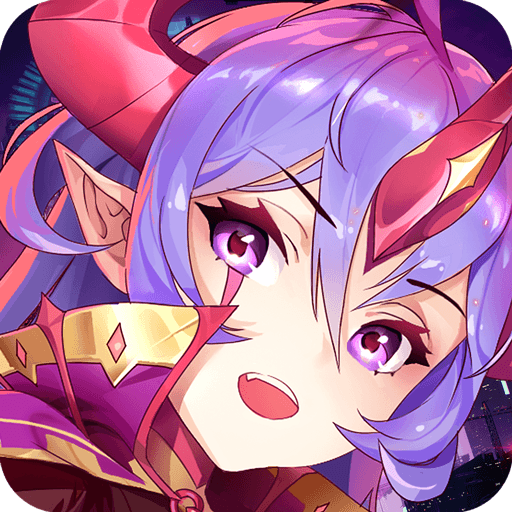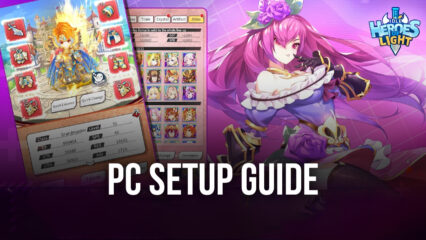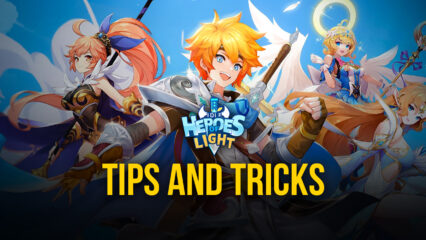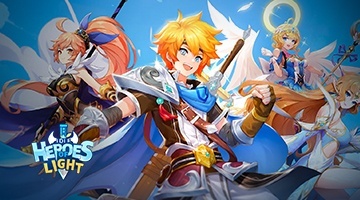Idle Heroes of Light - A Guide to Teambuilding
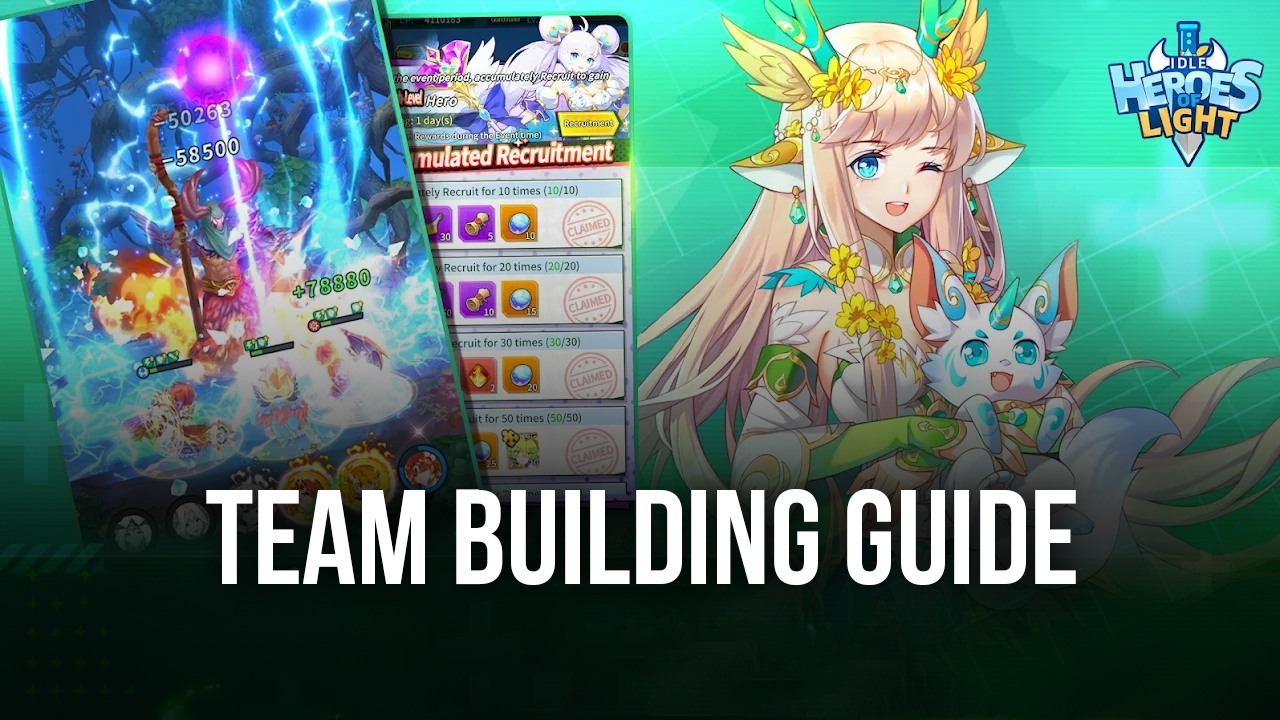
Idle Heroes of Light involves a lot of decision-making, especially when it comes to its teambuilding aspect. It’s easy to collect strong heroes in this game, but putting a bunch of random units in a team isn’t going to win you games. When it comes to the PvP aspect of this game, a team with a lower power rating can easily outplay a player that has a team with a higher value if they know how to take advantage of the tiny details involved in making the perfect squad.

Teambuilding is an essential skill that players need to know about as soon as possible. There are a lot of factors that need to be considered when choosing which characters go into a team so that you’ll get the best combination that you possibly can. Teambuilding isn’t just about choosing which heroes look strong, but how each character performs when put into the team. To understand how it works, we’ve prepared a guide to teambuilding in Idle Heroes of Light.
Character Roles
The game features the traditional roles that can be found in most RPGs which are the tanks, supports, and DPS. Tanks are units that have solid defenses and have high amounts of HP, which is important for keeping your other heroes alive. Supports provide utility in combat by healing and buffing allies or by debuffing and disrupting enemy units. Finally, DPS units (or ADCs) are the primary source of damage in the team and deal either physical or magic damage against enemy units.

It’s important to create a balance of these roles on your team. Having too many of one role might either cause you to lose damage output or make your team so fragile that they end up dying quickly. The ideal team composition includes 1-2 tanks, 1-2 supports, and 3-4 ADCs. This setup allows your team to deal the ideal amount of damage while still having enough survivability and utility to avoid the enemy running them over before they even get the chance to do anything relevant for the team.
Hero Bonds
Hero bonds are a special mechanic in Idle Heroes of Light that promotes units from the same faction being included in the team together. Having two or more units bonded while deployed will activate a passive bonus that gives the affected heroes specific amounts of stat boosts. Since these passive bonuses give a huge percentage of stats to the hero, it’s a good idea for the player to include at least 4 bonded units in the team so that you get the maximum amount of stats possible.
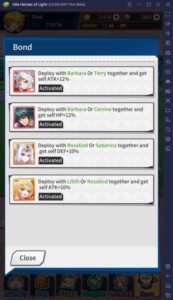
When building a team, it’s important to keep in mind the bond passives that you lose or gain when adding a new member to the team. It’s not necessary that you should have all of your units bonded, especially if it ruins the lineup by adding too many units from the same role. However, that doesn’t mean you should ignore the bonuses completely, otherwise, you’ll have units with subpar stats. It’s up to you to find a decent balance for you between these limitations and bonuses.
Race Restraints
Each hero belongs to a specific race. These races have strategic advantages or disadvantages against other races in the realm. Generally, each race gains a +30% damage buff against another race, including one of four passive stats. The +30% damage buff alone is a true game-breaker and can really secure your advantage over a team that has a significantly higher power rating than you in terms of raw stats. However, this can be a double-edged sword because the enemy might have an advantage over you.
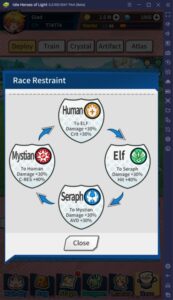
The purpose of race restraints is to promote the players to create a diverse lineup of heroes in a team. Having only one specific race in your team can be devastating because it will be easy to counter. By diversifying your team while keeping in mind bond bonuses and character roles, you’ll be even more difficult to defeat. It’s also a good idea to review which race your opponent belongs to, so that you can prepare a team that has an advantage over them for an ensured victory.
About Heroes
Heroes’ strengths are measured according to the amount of stats that they have. There are two things that affect the value of stats that a hero has: rank and rarity. While the unfortunate reality of most gacha games is that lucky players – or those that are willing to spend money – have a huge advantage in the game, free users can still take advantage of what they have by understanding why these things are important.
-
Rarity
The game features 6 types of rarities which go from N, R, S, SS, SSS, and SSS+. Ideally, players only want to build a team with only SSS+ units, but if you don’t have the resources to invest in getting them, having SS or above units is good enough. Keep in mind that S units and below have mediocre base stats, so it’s not worth investing your resources into upgrading them or adding them to your team.

Players definitely don’t have any control over what units they get from the gacha system, but working with what you have is an important step. Being smart about where you spend your resources is the key to getting high rarity units. Luckily, the game offers a guarantee for players to get at least an SS unit from their summons as long as they reach the specific amount of pulls.
-
Rank
Rank refers to the number of stars that your unit has. This is a big contributor to the power of your team because it greatly boosts the amount of base stats that a unit has. A player can rank up their unit by sacrificing the necessary number of identical units to the main units in addition to a mountain of gold for payment.

Ranking up units is immensely expensive and very hard to do, especially for higher rarity units, since it involves duplicate copies of the same unit. Rank beats all the other modifiers in the game, as having a higher ranked unit will not only give a massive boost in stats, but also allows the player to upgrade that hero’s skills.

